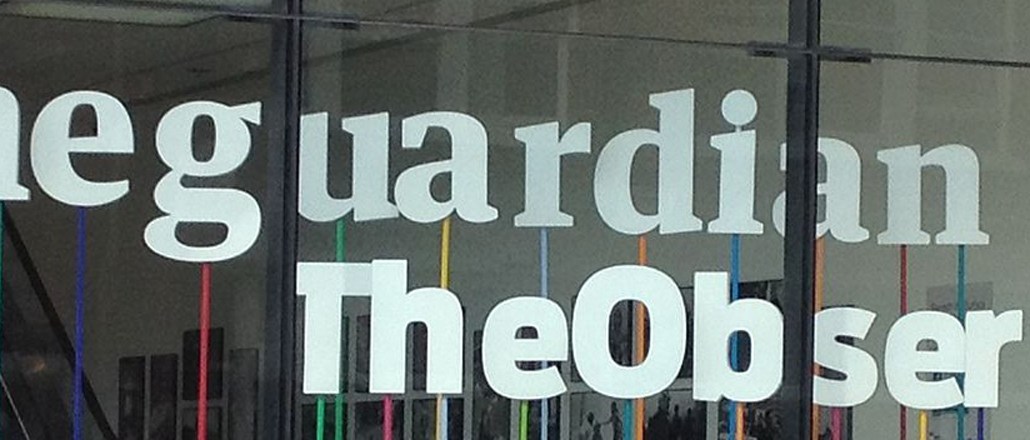
The Guardian ditched its former, tired old mobile banner ads a year ago. A few months later, it established a lean in-house digital production team dedicated to creating native, responsive and in-app ad formats that won’t alienate readers or slow page-loads.
Last week, this project bore fruits: Two new native mobile and web ad formats (and a third on the way), designed to be light, non-intrusive and more visually stimulating than the typical banner.
“We’re at a point where the whole ad business needs to take some real care; things need to be more thought through. We haven’t got that with mobile display. Mostly, we’re just slamming people with mobile banner ads which is annoying and frustrating for consumers,” said Guardian News and Media’s commercial director Nick Hewat.
Enter “Frame” and “Focus:” Frame is a responsive native ad unit that mirrors the editorial environment in design, and can fit within pages where the content is contextually relevant. Focus is specifically for mobile web and in-app, and has an interactive sliding gallery for images advertisers want to feature.


Canon is the first advertiser to use the new formats as part of its “Travel Camera” campaign, which kicked off on March 27 across the Guardian. The ad formats will initially be sold as part of direct, custom agreements. In time, they’ll likely open up to programmatic buying, given that’s where a lot of demand lies, added Hewat. But the publisher will hold out as long as possible.
That’s largely because Hewat is fearful that the Guardian’s inventory is being treated on equal footing to inferior sites. At a time when the publisher is facing some tough financial pressures, with plans to cut costs by 20 percent in the next three years, that’s not something it can afford to happen.
“In this brave new world of programmatic, it’s all become like commodity trading. That worries me because if we’re all judged on a single outcome, it’s a race to the bottom,” he said. “I want to reclaim the term ‘premium.’”
Liam Pook, head of mobile at Essence, said the new formats strike a good balance between effectiveness and annoyance. “I’d certainly be interested in testing the effectiveness of the formats at delivering against brand objectives set by our clients. One challenge potentially facing the Guardian, and native advertising as a whole, is scale. In most cases, better/cleaner ads typically result in a decrease in ad inventory,” he said.
“I imagine this will become less of an issue over time as clients and agencies begin to recognize the relative effectiveness of native forms of advertising and are, therefore, more willing to accept lower inventory levels — and potentially higher pricing,” he added.
In tests with the publisher’s panel of readers with whom it trials new ad formats, the new ads generated click-through rates 20 times higher than its regular ads, according to Hewat. Yet, he’s also adamant that CTRs on mobile are not going to lead to sales, and so the formats are also being tested by the more classic metrics used for big-ticket items (like £750 /$1090 Canon cameras), such as brand impact and awareness.
“The average 0.1 percent CTR is not an outcome,” he said. “We’re all complicit because we end up coming back to CTR, but we’ll look back on how we relied on CTR as a sole measurement of efficiency and wonder what we were doing.”
More in Media

Here are the biggest moments in AI for publishers in 2025
Here are some of the moments that defined how publishers adapted to the AI era this year.

Digiday+ Research roundup: Gen Z news consumption and diversification in the DSP space were 2025’s top trends
As 2025 winds down, we rounded up the biggest trends of the year, based on the data that resonated the most with Digiday’s readers.

What publishers are wishing for this holiday season: End AI scraping and determine AI-powered audience value
Publishers want a fair, structured, regulated AI environment and they also want to define what the next decade of audience metrics looks like.





